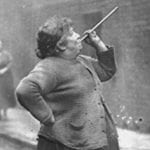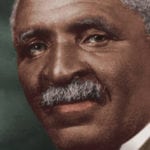 Mysteries
Mysteries  Mysteries
Mysteries  History
History 10 Surprising Stories About the Texas Rangers
 Humans
Humans 10 Philosophers Who Were Driven Mad by Their Own Theories
 Miscellaneous
Miscellaneous 10 Video-Game-Worthy Weapons and Armors from History
 Weird Stuff
Weird Stuff 10 Psychics Who Accurately Predicted Wartime Events
 The Arts
The Arts 10 Pieces of Art Inspired by a Broken Heart
 Health
Health 10 Science Fiction-Sounding New Medical Treatments
 History
History 10 Surprising Facts About the Father of Submarine Warfare
 Space
Space Ten Astonishing New Insights into Alien Worlds
 Weird Stuff
Weird Stuff 10 Bizarre Summer Solstice Rituals Still Practiced Today
 Mysteries
Mysteries Top 10 Haunting Facts About the Ghost Ship MV Alta
 History
History 10 Surprising Stories About the Texas Rangers
 Humans
Humans 10 Philosophers Who Were Driven Mad by Their Own Theories
Who's Behind Listverse?

Jamie Frater
Head Editor
Jamie founded Listverse due to an insatiable desire to share fascinating, obscure, and bizarre facts. He has been a guest speaker on numerous national radio and television stations and is a five time published author.
More About Us Miscellaneous
Miscellaneous 10 Video-Game-Worthy Weapons and Armors from History
 Weird Stuff
Weird Stuff 10 Psychics Who Accurately Predicted Wartime Events
 The Arts
The Arts 10 Pieces of Art Inspired by a Broken Heart
 Health
Health 10 Science Fiction-Sounding New Medical Treatments
 History
History 10 Surprising Facts About the Father of Submarine Warfare
 Space
Space Ten Astonishing New Insights into Alien Worlds
 Weird Stuff
Weird Stuff 10 Bizarre Summer Solstice Rituals Still Practiced Today
10 Historical Figures Who Disappeared And Have Never Been Found
Most people who go missing turn up safe and well, within a few hours or days. Some, unfortunately, are found dead. When people do leave, the reason is often obvious, too—because they are running away from something (debt or the police, for example) or to something (a new partner or a fresh start).
It is very rare for people to disappear entirely completely and forever, but occasionally, even prominent figures seem to vanish without a trace for no reason at all. Here, we look at some very cold cases indeed.
10 John Lansing Jr.
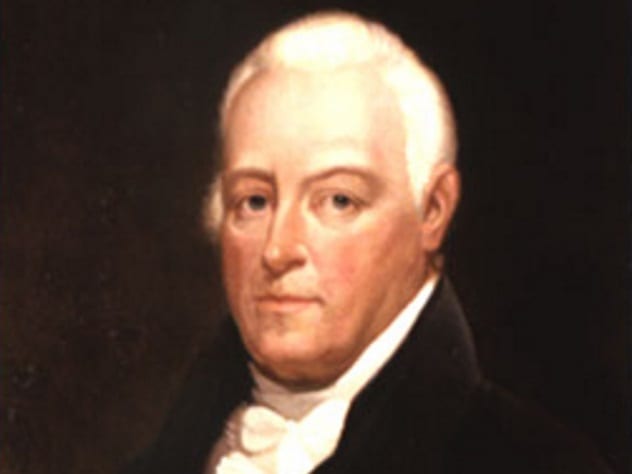
In 1829, John Lansing Jr., former chief justice of the New York State Supreme Court, popped out to mail a letter and was never seen again. Lansing had had a glittering legal career. He was a member of the Congress of the Confederation in 1785 and was part of the Constitutional Convention in 1787. Lansing was said to have suffered from a stammer, which hindered his political career, but he still managed to become the chancellor of New York in 1801. In 1800, Lansing presided over People v. Weeks, the first formally documented murder trial in American history.
On the night of his disappearance, December 12, 1829, John Lansing left his hotel in Manhattan to mail a letter via boat. It was the last anyone saw of him. A number of theories were proposed at the time of the disappearance: that he had tripped and fallen off the dock, that he was mugged and killed, and his body was hidden somewhere, or that he was murdered by political enemies. The last theory gained some weight when the grandson of the publisher Thurlow Weed maintained that his grandfather had evidence that Lansing was murdered by powerful political enemies, though he refused to name them.[1]
It is unlikely that we will ever know the truth, and Lansing’s body has never been found. If it were to be found, there is an empty tomb in his hometown of Albany, New York, with Lansing’s name on it, just waiting for him to come home.
9 Solomon Northup
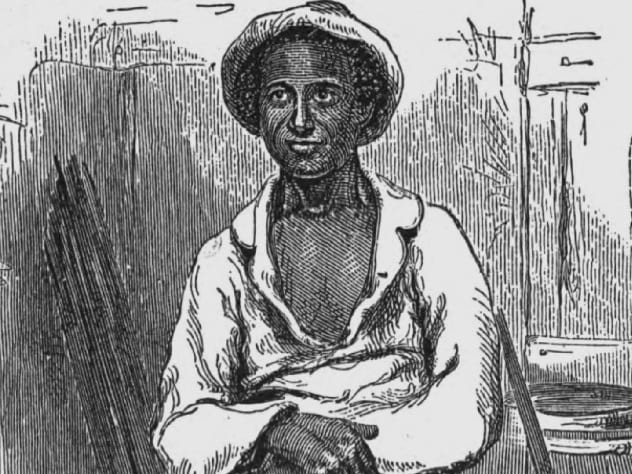
Solomon Northup, the author of the famous book Twelve Years a Slave, disappeared without trace in 1857. His book, made into an Oscar winning-film in 2013, recounts the true story of his kidnapping and subsequent sale into slavery. His treatment under the brutal Edwin Epps makes especially difficult reading. Northup’s book was an immediate success, selling 30,000 copies in the first two years.
After his escape, Northup was said to have worked on the Underground Railroad, aiding other slaves to escape, and spent much time unsuccessfully trying to bring a suit against his kidnappers. In Washington, DC, Northup was not allowed to testify in the case because he was black. He was later allowed to file the suit in New York, but after a number of delays, the case was dropped.
He embarked upon a speaking tour in Canada in 1857 and never returned home. He was never heard from again, though a letter written in 1863 claimed he was alive. A number of theories have been proposed as to what happened to him: that he became a spy for the Union Army and was captured and killed, that he was kidnapped and made a slave again, or that he had just wandered away and died where no one knew him and is buried in an unmarked grave somewhere.[2]
Whatever happened to Solomon Northup, he made a contribution to the abolition of slavery and the conscience of the United States and the rest of the world that lived long after him.
8 James William Boyd
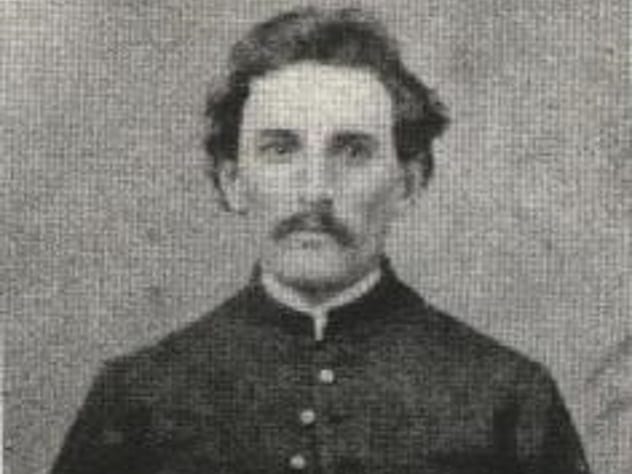
In 1865, Captain James William Boyd, an officer of the Confederacy, was released after having been captured by the Union. He was due to meet his son and travel to Mexico when he vanished without trace. Boyd’s disappearance is the subject of a conspiracy theory that he was killed after being mistaken for John Wilkes Booth, the assassin of President Abraham Lincoln.[3] Boyd was said to somewhat resemble Booth and shared the same initials, none of which seems to be hard evidence, and the theory has been proposed, discounted, ridiculed, and fictionalized by a whole host of historians and writers, most of whom relegate Captain Boyd to a subplot in someone else’s drama.
What is known is that Boyd was held as a prisoner of war by the Union until February 1865, when he was released so that he could return home to take care of his seven children, his wife having died while he was incarcerated. His son is said to have received a letter telling him to meet Boyd in Brownsville, Texas, but Boyd never showed up for the rendezvous, and no further word was ever received from him.
7 Charley Ross
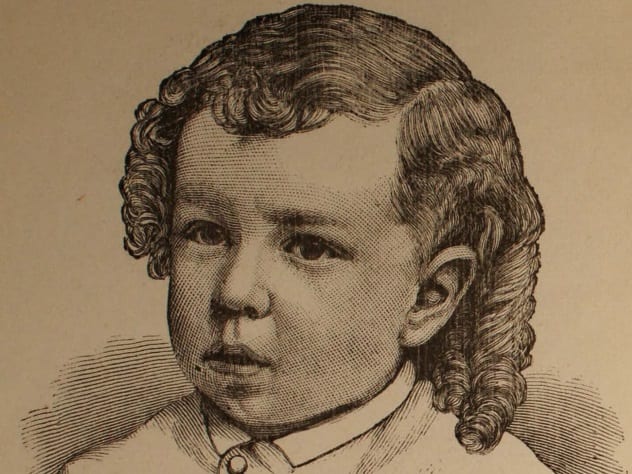
Charley Ross was only four years old in 1874, when he and his older brother Walter were enticed into a horse-drawn carriage while they were playing in their garden in Philadelphia. Five-year-old Walter was able to get out further down the street, but Charley was driven away and was never seen again.
The kidnapping of Charley Ross is notable for two reasons. It was the first well-documented instance of a ransom note being sent in American history, and it also led to a change in the law. Until that time, kidnapping had been a misdemeanor offense. In 1875, in Pennsylvania, this was changed to a felony.
In all, 23 ransom letters were sent to the Ross family, demanding $20,000. The authorities were inexperienced at dealing with kidnapping, and the mayor’s office foolishly offered a reward of, coincidentally, $20,000 for his return. This unleashed an unending wave of sightings, tip-offs, and outright fabrications from people desperate to collect the reward and made the job of finding the boy that much harder. People claiming to be Charley turned up regularly at the Ross family home even years later.
When two men were shot by police officers in the process of committing a robbery, one of them, Joseph Douglas, confessed to the kidnapping. Both men died at the scene before they could say anything more. One of their associates was also tried and convicted of complicity in the kidnapping, but he never revealed the whereabouts of Charley or his remains.
In 2012, 22 of the ransom letters were found. The next year, they were auctioned, ironically, for $20,000.[4]
6 William Cantelo
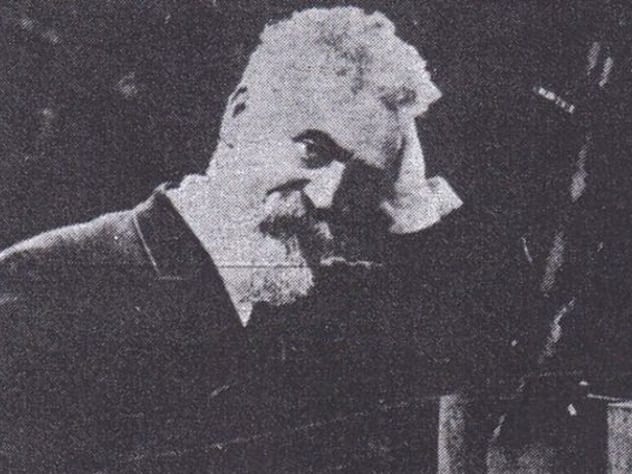
William Cantelo (possibly pictured above) was the inventor of an early form of machine gun. Cantelo kept a laboratory in the basement of the pub he ran in Southampton, England, and neighbors would often hear sounds like rapid gunfire coming from below. Sometime in the 1880s, Cantelo told his sons he was going on a business trip to try to sell his new invention and was never seen again.
It was first assumed that Cantelo had met with an accident on his travels, until his sons saw a newspaper photograph of another inventor named Hiram Maxim. Maxim is credited with creating the Maxim Gun, a type of machine gun. And he bore an uncanny resemblance to William Cantelo.
Cantelo’s sons certainly believed that Maxim was their father and hired a private investigator to establish the truth, without success. There is also some evidence that Maxim visited Southampton and may have met Cantelo, if, indeed, he wasn’t Cantelo. Whatever the truth, Hiram Maxim died an extremely rich man, while William Cantelo’s sons inherited a pub with bullet holes all over the basement.[5]
5 Louis Le Prince
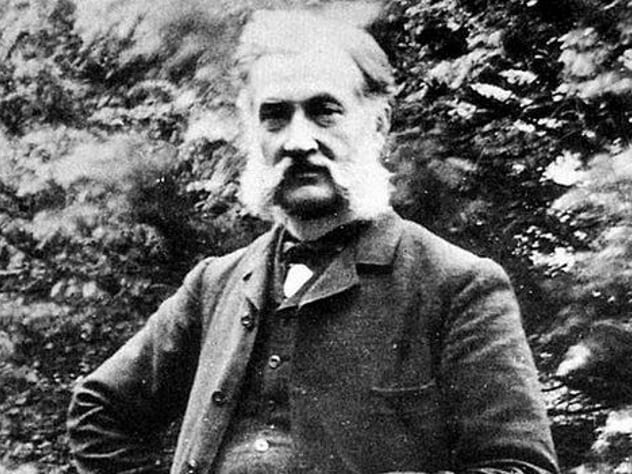
Louis Le Prince was a pioneer of the motion picture industry, along with the Lumiere Brothers and, of course, Thomas Edison. As a young man, Le Prince had frequented the studio of Jacques Daguerre (of Daguerreotype picture fame) and became fascinated with first images and then moving pictures, receiving a patent for his Le Prince Single-lens Cine Camera in 1888, ahead of Edison.[6]
However, before Le Prince could get the recognition that he deserved, he disappeared suddenly and mysteriously in 1890 after boarding a train at Dijon, bound for Paris. There are a number of theories about what happened to Le Prince after he boarded the train, some of them mundane, others slightly more outlandish. It has been suggested that he killed himself because he was on the verge of bankruptcy or disappeared deliberately to avoid being exposed as homosexual. It has also been suggested that his brother murdered him in a row over his mother’s will. Le Prince’s widow even maintained that Thomas Edison ordered a hit on him in order to get him out of the way and prevent him from taking the credit for his invention.
Whatever you may choose to believe about his fate, what is certain is that Le Prince’s Cine Camera recorded the world’s first moving images with the Roundhay Garden Scene in 1888.
4 Flannan Isles Lighthouse Keepers

All three of the keepers of the Flannan Isles Lighthouse, located in Scotland’s Flannan Isles, were found to be missing on December 26, 1900, and were never seen again. It was against the regulations for all three keepers to leave their posts at any one time, particularly during a storm, when the lighthouse would have been a godsend to any ships caught in the rough seas. So why did they all leave their posts?
What is known is that when the relief keeper landed on the island, he found the lighthouse deserted. Further investigations showed that the men had certainly been working up until December 15, as their logs showed, and a vessel reported passing the lighthouse that night and noticing that the lamp was not lit, a fact not known at the time.
On inspection, the light was found to be in good working order.
We’ll probably never know what happened to them, although a number of theories have been put forward. One was that, after having previously been fined for not tying down equipment, the three keepers went together to ensure that everything was made safe ahead of the storm and were either swept off the rocks by a large wave or blown off the side of the cliff in a gale. Another theory suggested that two keepers had gone out to check ropes, and when they didn’t return, the third went out to find them, only to perish himself.[7] In 1912, the English poet Wilfred Wilson Gibson published a poem, “Flannan Isle,” which suggested a much more mysterious end, dwelling on overturned chairs and untouched meals and supernatural misgivings, for which there was never any basis in fact.
3 Belle Gunness
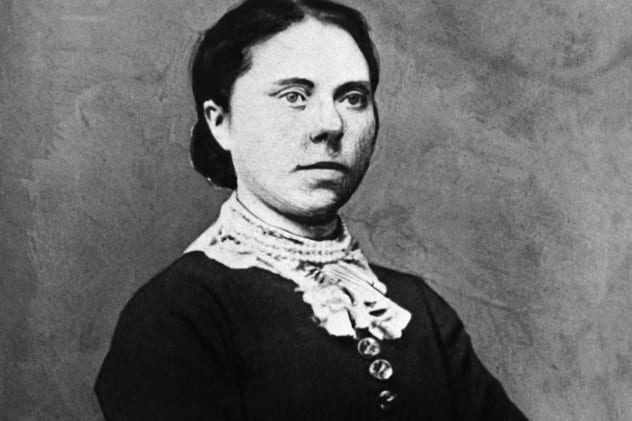
Belle Gunness was a Norwegian-American serial killer who vanished from her farm in Indiana on April 28, 1908, after having killed as many as 40 people. By means which would today be called catfishing, Belle struck up pen-pal relationships with men who responded to her personal advertisements for investors looking for possible relationships. She corresponded with her victims for a number of months before convincing them to visit, bringing with them their life savings in cash while telling no one where they were going.
The ruse worked surprisingly well, and a number of men, most of them homesick for their native Norway, would turn up at her door with a $1,000 or more wrapped in paper parcels, after which they would never be seen in one piece again.[8]
Belle was believed at one time to have died in a fire at her home, where the remains of three charred bodies, thought to be her children, and an equally burned female torso were found. Belle’s sometime boyfriend, Ray Lamphere, was arrested and questioned and charged with arson. However, when police began to excavate the farmhouse, they found a number of bodies, and body parts, that clearly had nothing to do with him.
It was later believed that the headless torso was not that of Gunness at all but rather her housekeeper, who had mysteriously disappeared. It is certainly true that Gunness had withdrawn large amounts of money from the bank immediately prior to the fire. Lamphere is said to have confessed before his death that he helped Gunness to set the fire and drove her to the train station to make good her escape. Despite numerous sightings in the years following, her whereabouts have never been determined.
2 Bobby Dunbar
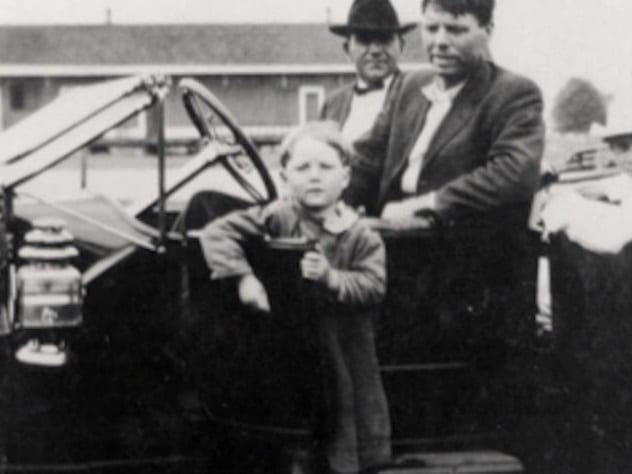
Bobby Dunbar was only four years old in 1912, when he disappeared while on a family holiday in Louisiana.
Hundreds of volunteers joined in the search for Bobby, combing the riverbanks, slicing open the bellies of alligators, and even dynamiting the lake, thinking that the blast might dislodge the child’s corpse. Bobby appeared to have vanished into thin air until, eight months later, he was found alive and well in the care of William Cantwell Walters from Mississippi.
Walters was found guilty of kidnapping, despite his vehement protests that the child was, in fact, his nephew. The child was taken home to his mother, who is said to have exclaimed, “Thank God, it is my boy,” before fainting.
William Walters was convicted of child abduction and sentenced to life in prison, though he only served two years. However, in 2004, DNA tests proved that the boy (pictured above) who was “rescued” from Walters was not Bobby Dunbar and was in all probability the nephew that Walters had claimed.[9] What happened to Bobby is unclear, but the most likely explanation is that he drowned in the river on the same day he disappeared.
1 Ambrose Small
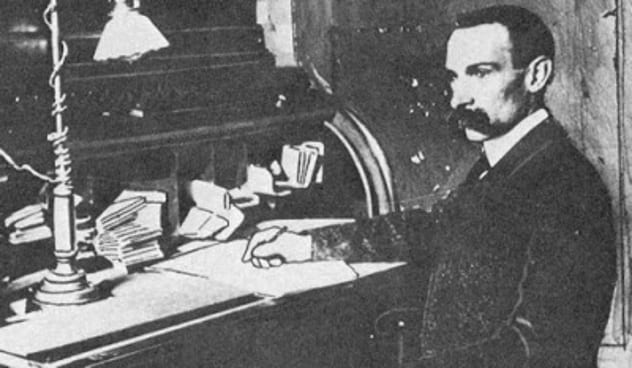
Canadian millionaire and theater impresario Ambrose Small disappeared from his office at the Grand Opera House in Toronto, Ontario, on December 2, 1919, the same day that the sale of his theaters was due to go through. Small was certainly in a hurry for the transaction to be completed and was instrumental in moving the signing date up by two weeks.
However, although the sale netted Small over $1 million, he never withdrew a penny of the money, all of which was still in the bank when his disappearance was discovered. Nor was he reported missing by his wife, who assumed him to be “in the arms of a designing woman,” and it was only on January 3, a month later, that his disappearance was reported in the press.[10]
A number of theories abounded at the time, including that he had been killed by his wife and burned in the furnace at the Grand Theatre or that the police had helped Small disappear.
Ward Hazell is a writer who travels, and an occasional travel writer.
Read about more mysterious disappearances on 10 Unsettling Cases Of Famous People Who Disappeared and Top 10 Historical Disappearances With Modern Developments.


